The F-35 Heritage Flight team has been zipping around the U.S. as air show season continues. On August 18th, the team gave the masses arrayed along Chicago’s picturesque waterfront one hell of a show. And considering it was a remote show over water, and that the air off Lake Michigan was nice and moist, full vape cones and capes were in effect. The Joint Strike Fighter in particular has proven to be quite adept at manifesting such atmospheric effects, a fact that was captured wonderfully by Airman 1st Class Alexander Cook.
Airman Cook seems to know how to go the extra mile to capture the F-35 to the max. This is not as easy as it sounds, just finding unique angles and positions to shoot the aircraft, yet alone at an air show, takes creativity and hard work. In this case, he nailed it, setting up along the coast atop one of Chicago’s many high-rise buildings.
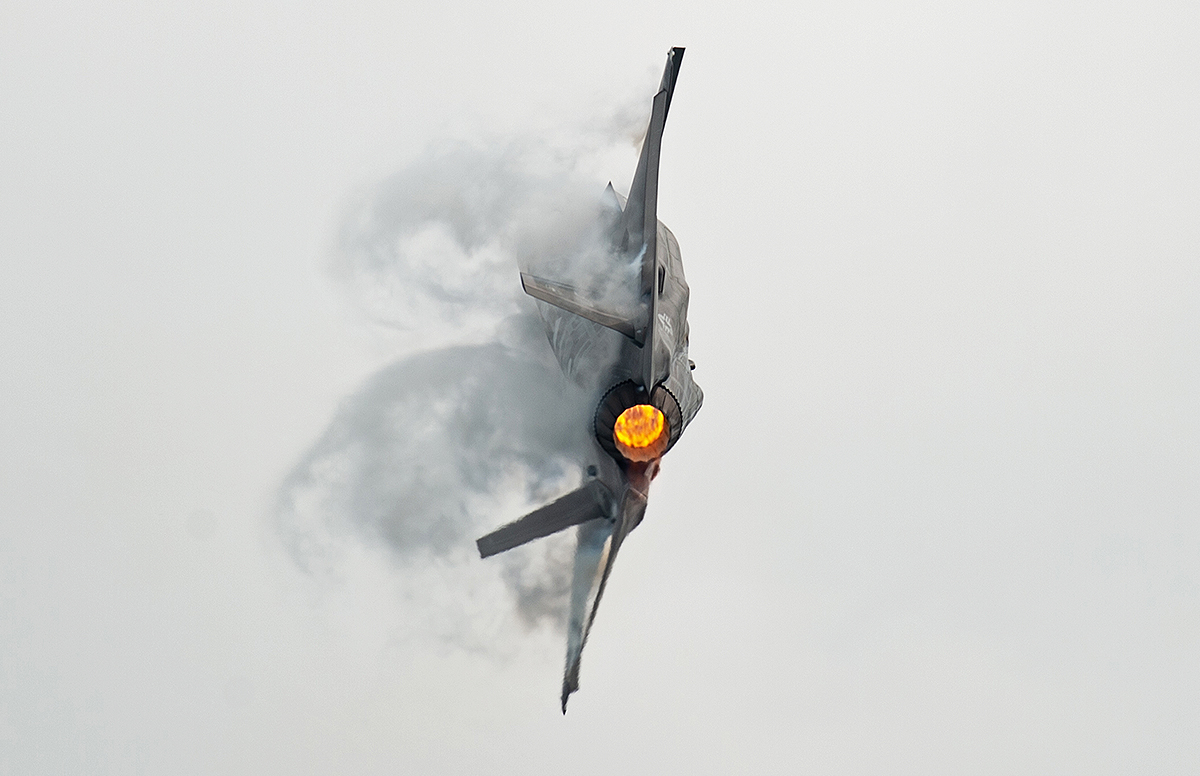
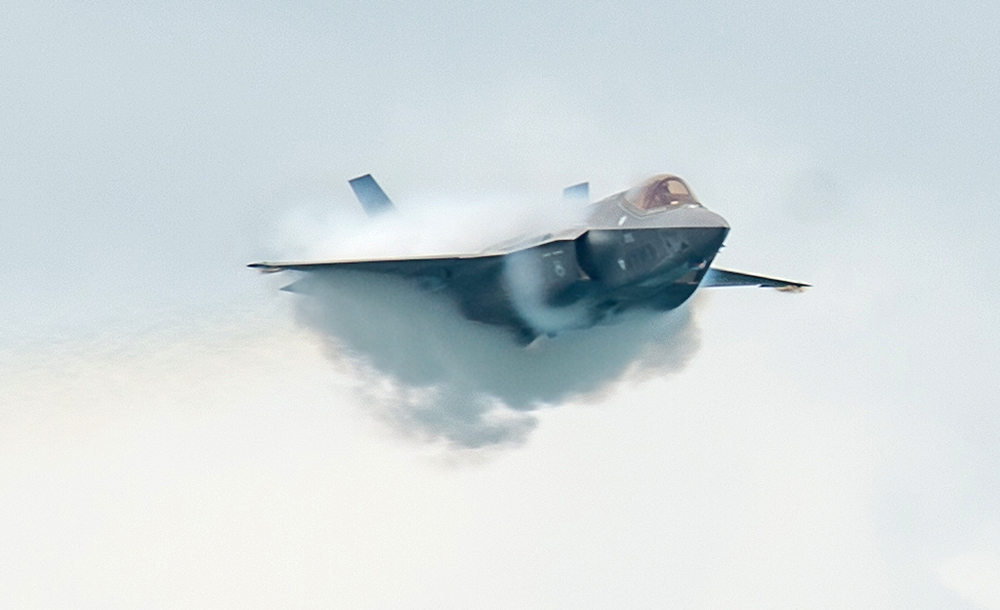
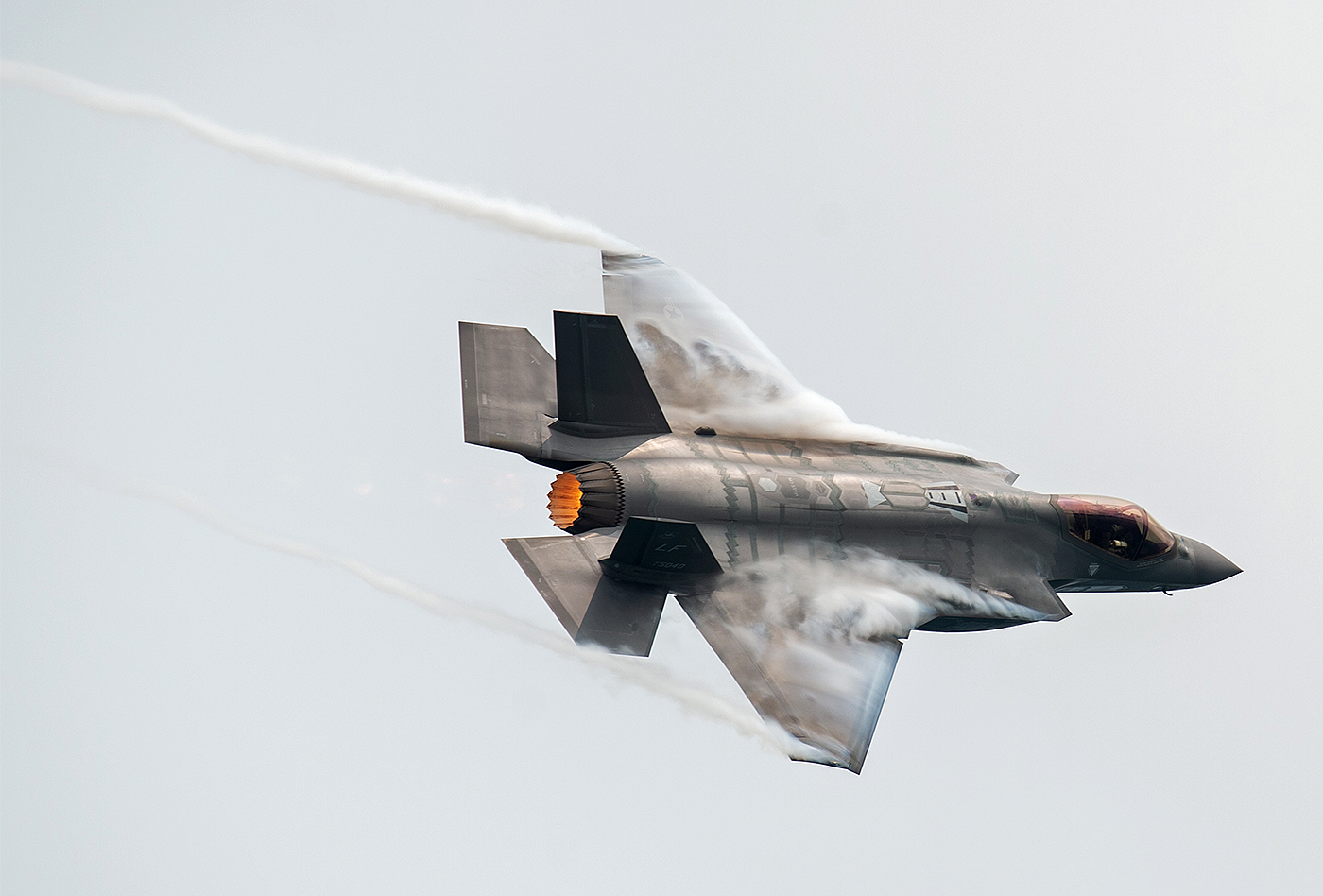
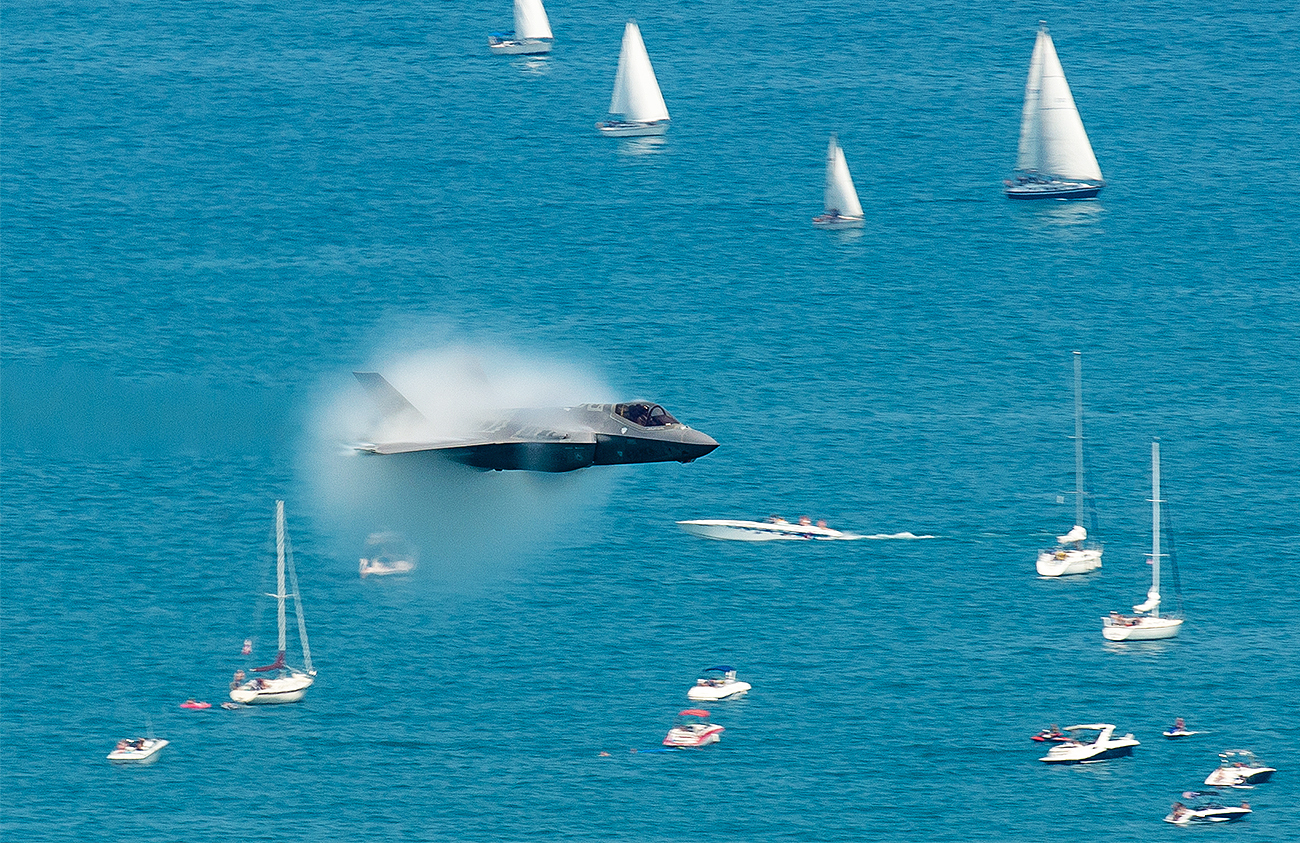

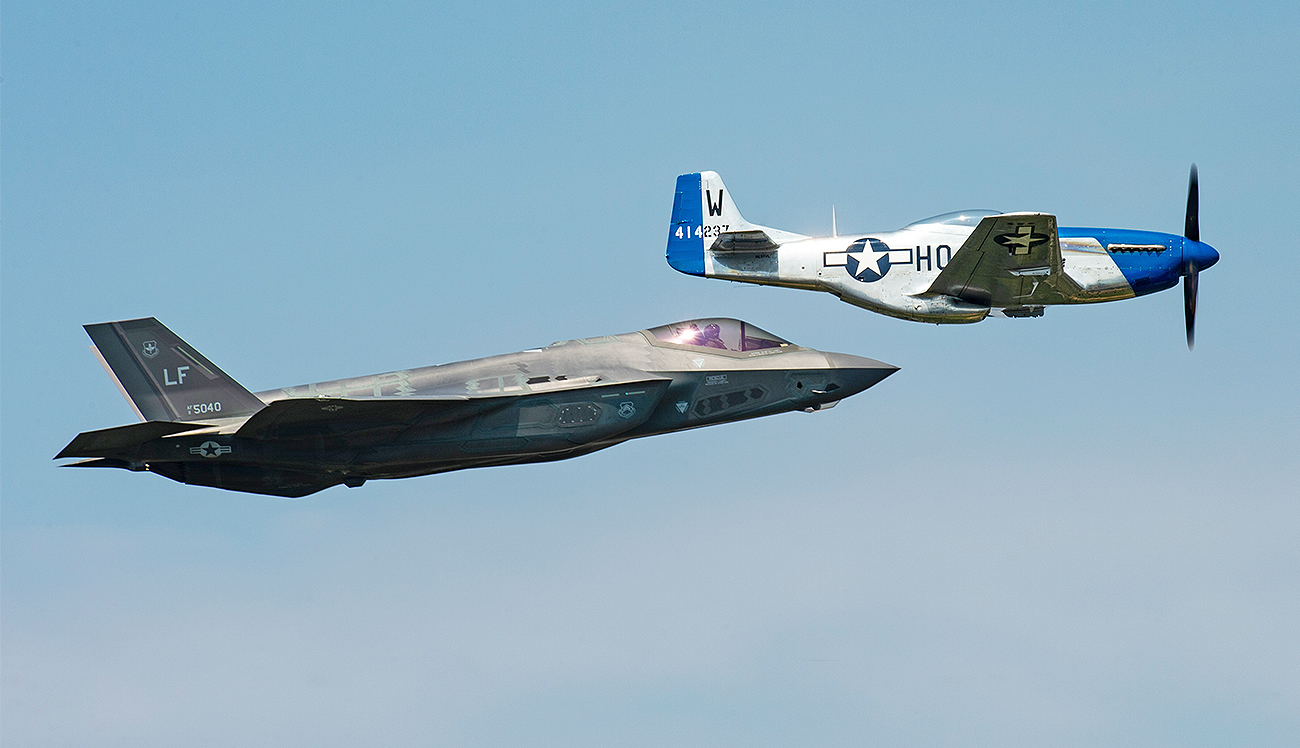
Oftentimes laymen confuse shock collars, vapor cones, ‘vape capes,’ and other forms of vapor as a sign that the aircraft has broken the sound barrier. This is not accurate at all. Although these effects can be greatly intensified as an aircraft reaches transonic speeds (approaching the speed of sound), they can also manifest themselves in various ways at far lower speeds.
The phenomenon is caused by low pressure areas created on the aircraft’s skin and wings as it moves through moist air. As the pressure drops so does the temperature, and if the temperature reaches the saturation point, water vapor is created. Such conditions are highly sought-after by aviation photographers. I have chased these conditions for years in order to execute certain photos. They are also a reason why it’s worth getting excited about an air show that may not feature perfectly blue skies or even dry conditions.
Some aircraft create vapor in more exotic ways than other due to their shape and their performance envelope. The F-22 is notorious for its uncanny ability to create crazy vapor effects even at slow speed and in relatively dry conditions. The F-15 is known for its streamers and its thick vape-capes that propagate along the top of the aircraft’s lifting-body fuselage. Hornets and Super Hornets make great shock cones, and so on and so forth.
You can check out the F-35A Heritage Flight team for yourself at a couple of shows that are still left in the season, here’s their schedule. As the show season winds down and the weather turns you will have a better chance of seeing atmospheric effects like the ones caught in Chicago, as well.
It’s also worth noting that the Heritage Flight team does not put on a full demo but the mini-demo they do put on is very lively and it’s always moving to see old USAF aircraft flying alongside the latest airframes.
Contact the author: Tyler@thedrive.com
